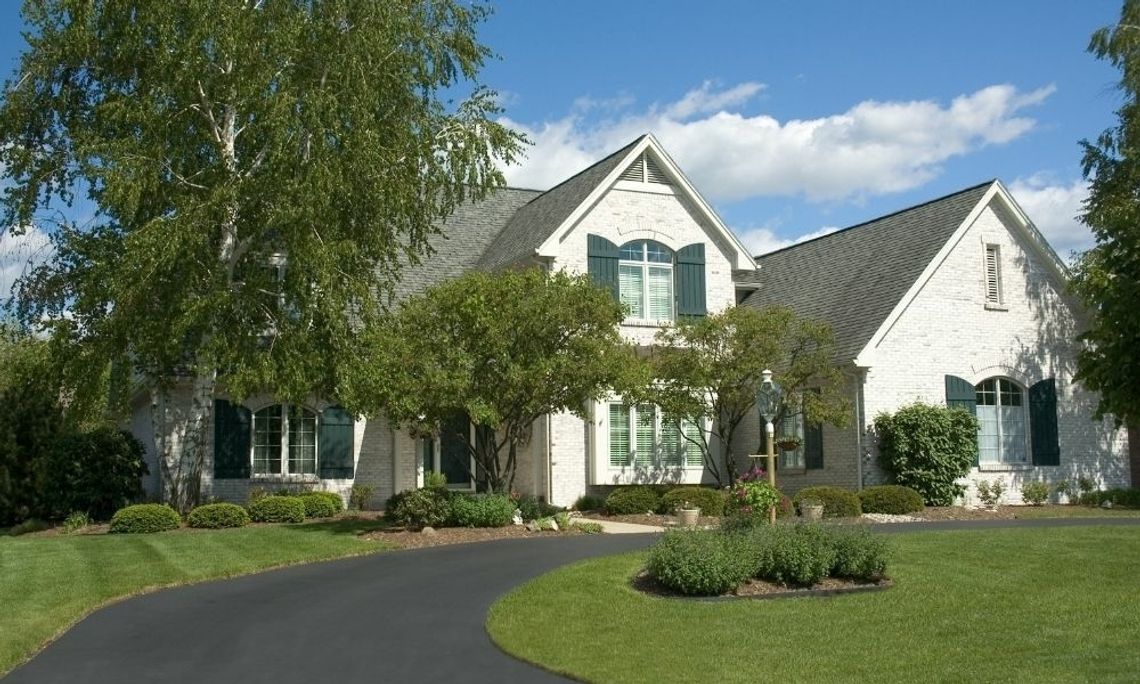Much of the world’s infrastructure is built with concrete, especially roads. Even asphalt-paved roads typically have concrete bases. So why aren’t driveways made of concrete, then? Here are three reasons why asphalt is the better choice for paving driveways rather than concrete.
Asphalt Is Better for Less Traffic
The key difference between roads and driveways is the amount of vehicle and pedestrian traffic they sustain. Countless cars don’t drive on household driveways day and night, meaning the surface suffers less stress than concrete roads. And while concrete is superiorly more durable, asphalt that doesn’t see a ton of action has better longevity.
Since your driveway doesn’t support rush hour every day, repairs and maintenance are less costly and frequent. You only need to seal-coat your asphalt driveway about every two years to keep it pristine, depending on the physical state of the surface.
Asphalt Is More Weather Resistant
Unlike concrete, asphalt is great in the cold. Concrete cracks when the temperature plummets, leading to potholes, shifting, and bumps. Meanwhile, asphalt can survive consecutive frigid seasons without requiring large-scale repairs. Asphalt is especially practical in the winter because it doesn’t suffer damage from salt—instead, it holds salt on the surface, making ice melt more quickly. This prevents ice-related damage that concrete is prone to experiencing.
Asphalt Is More Sustainable
If you’re an eco-conscious consumer, you’ll be pleased to know that asphalt is a highly sustainable resource. Consisting of petroleum and natural deposits, this material is 100 percent recyclable. Your asphalt might also be comprised of repurposed tires and shingles. In turn, you can repurpose asphalt by simply melting it down so that it never goes to waste. Due to transportation and production requirements, concrete has a much more significant effect on the environment.
Asphalt is far and away the best choice for paving driveways. It’s easier to maintain and cheaper to fix for homeowners, and it’ll last for many years without negatively affecting the environment. Most importantly, it remains visually appealing and totally flat, boosting your property’s market value.


Comment
Comments